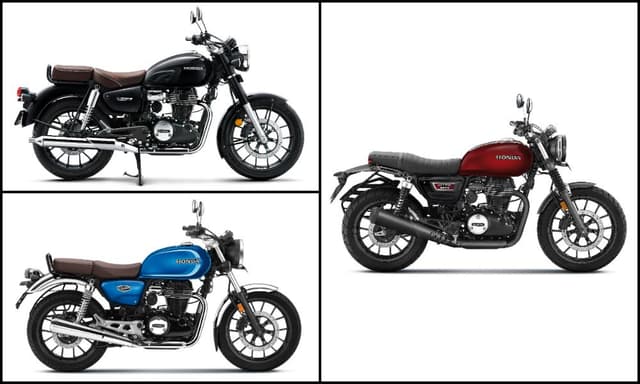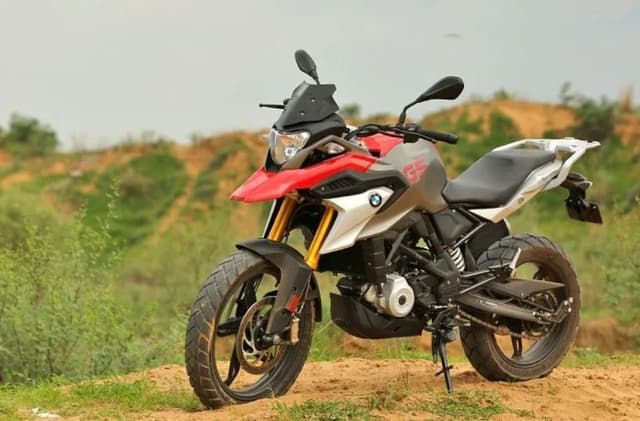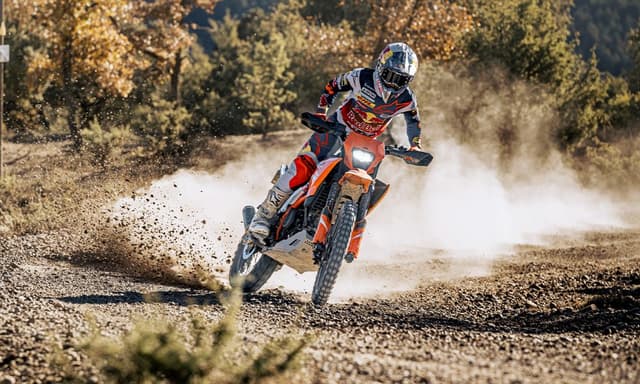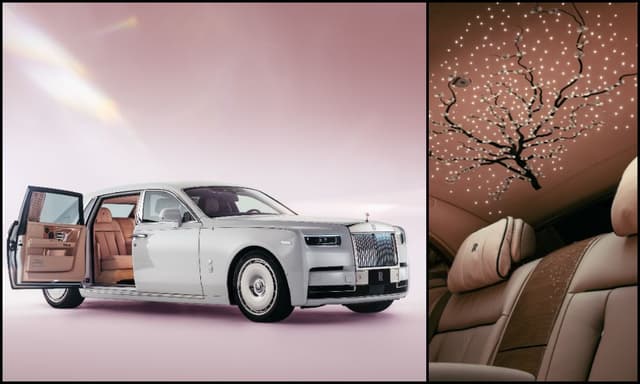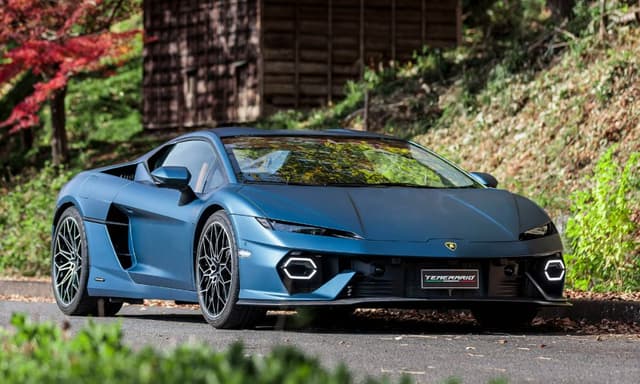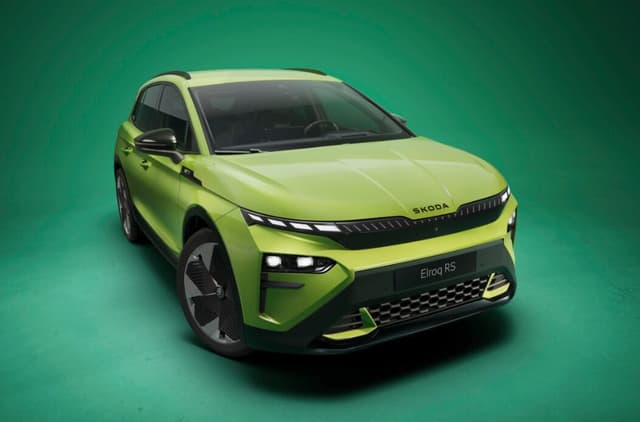NCAP Crash Results And How They Evolve Through The Years

Highlights
Just last week, India had its fifth 4-Star rated 'Made In India' car, the Maruti Suzuki Vitara Brezza. And as the race to get India's first 5-Star rated car heats up with almost all major manufacturers staking a claim, it is prudent to take a step back and look at the whole scoring system itself. While cars are getting safer and safer every year in general - especially with newer platforms that come inbuilt with crash protection, some models have actually scored a lower safety rating than their predecessors. So are they any unsafe as compared to their predecessors? Well, not exactly.

The Maruti Suzuki Vitara Brezza scored a 4 star safety rating
Let's take the example of the Suzuki Swift. In its international form, the Swift is made in Suzuki's plant in Hungary. While the last generation car scored a solid 5-Star Safety rating when tested in 2010, the current generation Swift, that is built on the new Heartect platform actually got just a 2-Star safety rating when tested in its standard form and a 4-Star rating when tested with the safety pack. All the tests were held by Euro NCAP and while at first glance it seems like the new car is actually way worse as compared to the last generation car, in reality, it isn't so.

The Renault Kwid too was crash tested by Global NCAP and received a 0 star rating
For starters, the NCAP changes the minimum score every car that is tested needs to get a set of results. So for example, while a car that scored 30 per cent in 2016/2017 tests for child occupant safety is eligible to score an overall 3-Star rating. In 2018 and 2019 tests though, a car that scored a 30 per cent rating in the same test would end up with a 0 star rating for child safety. While adult protection for the tests in 2016-2017 and 2017-2018 remain unchanged, other factors such as 'child protection' scores and more importantly safety assist has dramatically been increased to ensure safer cars.
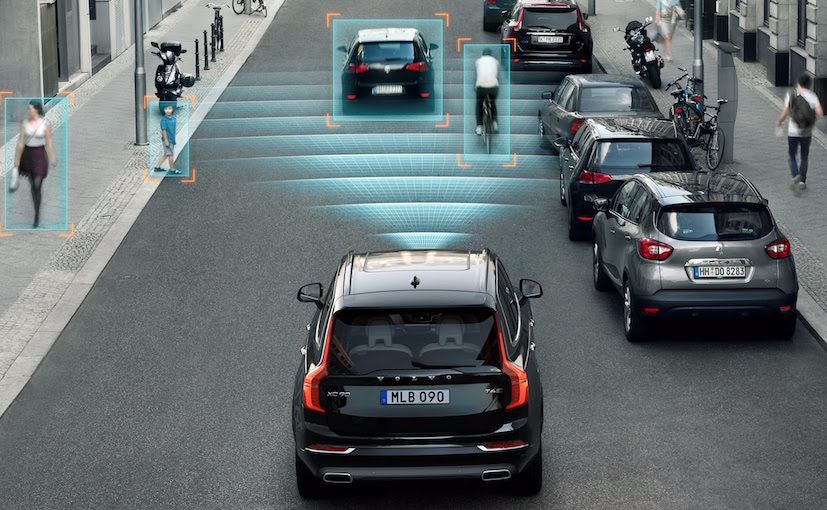
In 2018 and 2019 Euro NCAP requires AEB or Automated Emergency Braking required as a mandatory system
With every passing year, the number of assistance systems that NCAP needs to ensure a higher rating also increases. While in 2018 and 2019 Euro NCAP requires AEB or Automated Emergency Braking required as a mandatory system (in City, Pedestrian, Inter-Urban modes), in the future, AEB pedestrian (turning), AEB Pedestrian (back over) and AEB Junction will also be required to be a standard feature for all cars.
This means that even if the car with multiple airbags does get a very high score in Adult Occupant Protection (40 per cent of overall score), Child Occupant Protection (20 per cent of overall score) and Pedestrian Protection (20 per cent of overall score), a low score in Safety Assist systems (20 per cent of overall score) will mean a lower score overall. So while the same exact car would have scored a very high score in an earlier protocol, the current testing protocol might score it lower. Other tests that have also become mandatory for the likes of Euro NCAP are side impact tests - including general side impact and pole impact.
Last Updated on October 9, 2018





